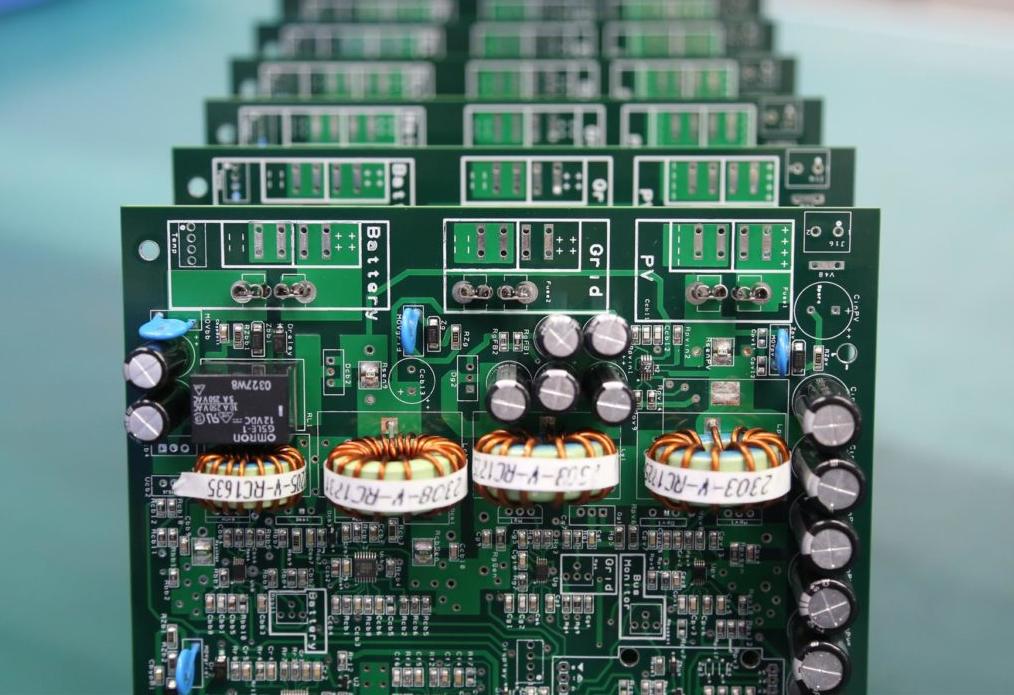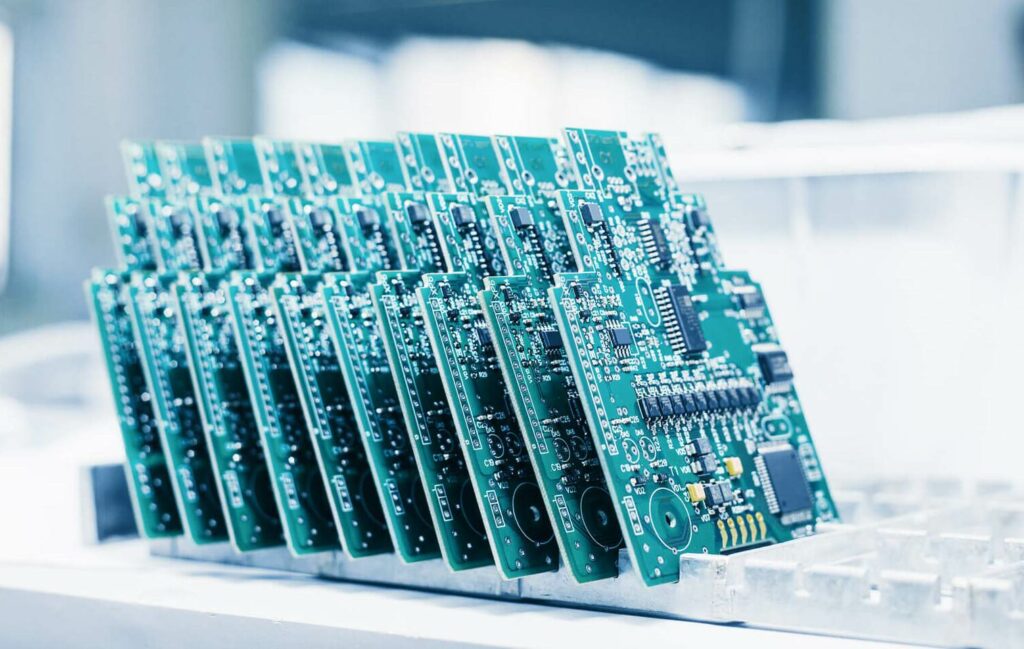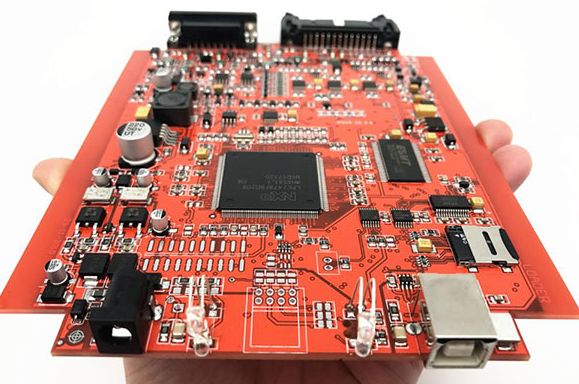Developing electronic products requires transforming conceptual designs into physical implementations for validation and refinement. Rather than directly building complex custom PCBs, engineers smartly leverage intermediary prototyping boards to enable iterative testing while controlling costs and development risk.
This article explores key attributes of prototyping boards that facilitate essential proof-of-concept confirmation along the path realizing finished products. We’ll analyze the capabilities prototyping boards provide, when to engage this interim stage appropriately, and recommendations for integrating findings back into final board designs. Recognizing the vital role of prototyping products smooths development flows.
Defining Prototyping Boards
What constitutes a prototyping board? Several key traits differentiate prototyping boards from production PCB end goals:
Prototyping Board Attributes
- Interim non-production construction
- Supports evolutionary refinement
- Enables incremental subsystem test
- Economically explores alternatives
- Production-intent component evaluations
- Flexible generalized connectivity
- Allows interactive measurements
This contrasts deliberately disposable one-off test boards aiming just to quickly prove isolated functionality. Effective prototyping boards purposely support progressive elaboration without needing full custom fabrication.
Comparing to Breadboards

How do prototyping boards differ from common breadboard attachments? While both enable prototyping, key differences exist:
| Metric | Breadboards | Prototyping Boards |
|---|---|---|
| Durability | Limited life components | Production-grade parts |
| Model Accuracy | Abstraction from final implementation | Represents target implementation |
| Parameter Control | Lacking electrical precision | Engineering spec visibility |
| Environmental Testing | Severely limited | Much wider test envelope |
| Manufacturing Correlation | Minimal | Stronger process linkage |
| Design Integration | Throwaway | Carryover learning |
So in summary – breadboards serve narrow immediate needs while more rugged prototyping boards provide meaningful manufacturing pathfinding as we’ll explore further.
Importance of Progression Planning
Maximizing benefits from prototyping requires deliberate planning built around steadily advancing elaboration:
Representative Evolution Pathway
- Proof of concept testing
- Focus on new novel subsystem
- Increment subsystem integration
- Advance modularization
- Refine production intent
- Optimize manufacturing viability
- Validate performance
- Full system trials
This phased approach applies applies appropriate rigor at each stage without overburdening initial investigation. Teams focus resources on biggest risks first.
Cost Savings Over Direct to PCB
The interim prototyping stage provides substantial cost avoidance by preventing expensive PCB respins late in development:
Cost Reduction Analysis
| No Prototype | With Prototype | |
|---|---|---|
| PCB Revsion Count | Higher from unproven design | Reduced through progressive elaboration |
| Development Expense | Constant Totals | Front Loaded |
| Schedule Time | Single Long Campaign | Incremental refinement periods |
| Performance Risk | Learning late leads respin | Early insights prevent issues |
Prototyping distributes expenditures more optimally across timeline by scoping complexity.
Construction Approaches

Several physical forms suit different prototyping objectives:
Common Prototyping Vehicles
- Perf boards
- No frills manual wiring
- Strip boards
- Copper pad perfoation attachment
- Evaluation boards
- Functional subsystem
- Modified production boards
- Field testing trials
- Dedicated test fixtures
- Support characterization
Options cover the spectrum from bare basics ad hoc vehicles up to near final configurations depending on specific test focus. Architects mix selections appropriately over long term progression roadmaps.
Configurable Test Point Integration
Unlike high volume products, prototyping boards accommodate instrument connections:
Accessibility Considerations
- Probe points
- Anchor oscilloscope leads mechanically
- Test pads
- Solder connections temporarily
- Edge connectors
- Interface signals directly
- Exposed bias adjustments
- Tune analog performance
- Jumpers
- Enable quick topology switching
This inline access aids engineers to gather performance data, troubleshoot issues, and explore optimization in real time interaction.
Accelerated Layout Strategies

The interim nature of prototyping boards liberates PCB layout strategies from production constraints:
Simplification Choices
- Relaxed manufacturability rules
- Enable quick layout edits
- Two layer constructions
- Limit signal containment needs
- Minimized layer transitions
- Simplify routing
- Generalized net naming
- Avoid strict cross-referencing
- Direct point-to-point wires
- Skip escape patterns
The concept focus reduces unnecessary initial complications that full implementation requirements would entail. Optimization comes later.
Maximizing Design Reuse
To leverage learnings from prototyping, engineers should promote design reuse:
Reuse Maximization Planning
- Component selection
- Source with eye towards continuity
- Schematic modularization
- Extract repeatable functional blocks
- Consistent naming schemes
- Smooth documentation mapping
- Parameterized modeling
- Facilitate scaling math
- Interface role delineation
- Speed system integration
- Performance benchmarking
- Carry over test vectors
This strategy avoids disposable engineering yielding longer term asset leverage.
Configuration Control Importance
Given prototyping involves testing different conditions, engineers must govern evolving changes:
Configuration Management
- Require schematics under revision control
- Maintain a logbook for test notes
- Document trial condition context
- Label physical test vehicles
- Identify precise build status
- Preserve prior revisions
- Allow backstep if needed
- Photograph setups
- Aid replicating arrangements
Thorough data governance provides the foundation to accurately assess results relative to corresponding design permutations.
Validating Manufacturing Readiness
To ensure learnings from prototyping feed forward into production design efficacy, engineers should evaluate manufacturability:
Readiness Analysis
- Assess tolerance allowances
- Do margins fall within capabilities?
- Evaluate component selections
- Do choices mesh with supply chain?
- Review fab house rules
- Identify any violations
- Survey change implications
- Quantify build impact
- Detail remaining risks
- Document residual concerns
This results assessment steers optimization priorities before committing to full implementation.
Example RF Tuner Module Progression
We can illustrate an application of disciplined prototyping practices on a multi-band radio receiver product development:
Phase 1 – Core Technical Risk Testing
- Model radio frequency channel filtering response first in software prototypes
- Translate models to evaluation board reference design for bench characterization
Phase 2 – Manufacturing Pathfinding
- Emulate production intent form factor
- Refine filter network matching and port interfaces
- Solidify component selections based on environmental stress testing
- Review fabrication vendor design guidelines
Phase 3 – Performance Benchmarking
- Subject receiver sensitivity, dynamic range, and adjacent channel rejection to full signal testing
- Optimize power supply filtering and analog bias tuning
- Record channel scan sweeps across entire tuning range
This approach applies just enough rigor at each evolution point before moving to wider scope integration, ultimately achieving design validation aligned with manufacturing transition and performance verification goals.
Frequently Asked Questions
When is it advisable to skip directly to custom PCB prototype?
For straightforward analog or digital blocks lacking heavy customization, experienced engineers comfortable with analysis-intensive design practices may bypass preliminary prototyping to speed development.
What testing should occur before investing in custom prototyping boards?
Teams should explore functionality initially through software modeling and virtual simulation. Only after concept viability confidence should physical prototyping commence.
Can we estimate testing scope needed?
As a helpful guideline, teams should budget testing time for prototyping boards matching the relative circuit complexity involved. Simple designs may need only days while intricate systems require weeks or longer.
How to model total project cost-benefit of prototyping?
Compare projected expenses of additional prototyping duration and materials against likely savings from discovering issues pre-production. Weigh percentage chance of escaping a major respin times cost avoidance. Consider技術 risk exposure。
What are signs we actually need further prototyping iteration?
Prototyping proves insufficient when uncertainties around achieving performance, interfaces, manufacturability, reliability or safety remain that carry tangible cost, schedule or solution viability risks if unaddressed pre-production.





